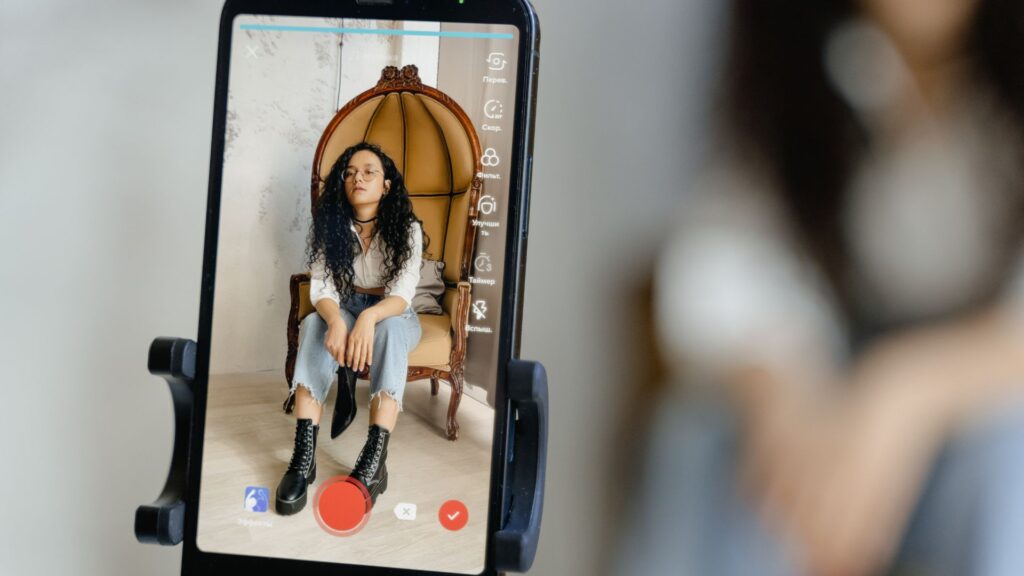If you’re running an e-commerce store in 2025 and you’re not using influencers or UGC (user-generated content), you’re leaving serious money on the table. Ads alone aren’t enough anymore. People buy from people they trust, not just products with polished branding. And in today’s content-heavy world, social proof is one of the fastest ways to build that trust and drive real growth.
In this blog, I’ll break down how to build a system using influencers and UGC to grow your store without wasting money. I’ll show you the tools, strategies, and steps you can use to create content that actually converts.
Why Influencer and UGC Strategies Work So Well in 2025
The average consumer sees thousands of ads a day. Traditional polished ads are starting to feel like noise. What cuts through the noise is authenticity. Influencers, especially those in the micro and nano categories, build communities. Their followers trust their opinions. If they recommend your product, that’s as good as a friend saying, “You’ve got to try this.”
User-generated content (UGC) is even better. It’s raw. It feels real. And that’s what makes it powerful. A simple unboxing video, a review, or a quick demo shot on an iPhone often performs better than a $10,000 commercial.
In short, people trust people. And when you can scale that trust, you scale your sales.
Step 1: Find the Right Influencers (Don’t Chase Follower Count)
Don’t waste time pitching influencers with 1 million followers. Focus on micro-influencers (10k–50k) and even nano-influencers (1k–10k) who post in your niche and get solid engagement.
Use tools like:
- Modash – Great for finding Instagram and TikTok influencers by niche and location.
- PhantomBuster – Pull influencer contact info from platforms to build outreach lists.
The sweet spot is people who look like your customers and already talk about similar products. These people are more affordable, more responsive, and more effective.
Step 2: Use a Gifting Strategy to Build Content for Cheap
Instead of paying influencers upfront, start with gifting. Reach out and say, “Hey, I love your content. Can I send you a free product in exchange for a post or video?”
This low-risk strategy gets your product into their hands and helps you build a library of real content. It’s also a soft pitch. Most creators will respond positively, especially if your product fits their audience.
Pro tip: Always ask if you can reuse their content as UGC for paid ads. This is how you multiply the impact of every gifted post.
Step 3: Turn UGC into High-Converting Ads
Once you have real videos and photos from influencers or customers, turn that content into ad creatives.
The highest-converting UGC ads usually follow this format:
- A quick hook (“I was skeptical, but this actually worked…”)
- A demo or problem-solution story
- A casual testimonial style
- A call to action (“I got mine from XYZ store, link in bio.”)
Use video editing tools like CapCut, InVideo, or even Creatify AI to repurpose the UGC into multiple formats: TikTok, Reels, Stories, and in-feed video ads. Make sure you A/B test different versions. Sometimes a 15-second video performs way better than a 60-second one. Other times, a customer unboxing beats a flashy transition video.
Step 4: Build Long-Term Relationships (Not One-Off Collabs)
Once you find creators whose content converts, lock them in. Offer them an affiliate link or recurring commission. Invite them to create regular monthly content. Maybe even turn them into a brand ambassador.
Here’s the difference: One good video might bring in a few sales. But building a long-term relationship means you have an ongoing stream of fresh, authentic content that you can use in ads, on your product pages, in emails, and more.
Step 5: Set Up a UGC Collection Funnel on Autopilot
You don’t have to chase content creators forever. Set up systems so customers send you content.
Here’s how:
- Offer a discount or gift for anyone who posts and tags your brand.
- Use email follow-ups after purchase to ask for reviews or video testimonials.
- Use QR codes in your packaging that lead to a simple upload page.
- Add a “Submit Your Story” section to your site with a reward attached.
This lets your community create content for you, and the best part is, it keeps your brand fresh and real.
Step 6: Use Influencer Whitelisting for More Firepower
Influencer whitelisting lets you run ads from the creator’s account, not just your brand. This strategy can lower CPMs and increase click-through rates because the content looks organic. You’ll need permission from the influencer and access to their Facebook Ads Manager, but it’s worth it.
Run paid ads through their account with your top-performing content. Combine that with lookalike audiences of their followers, and now you’re scaling on their credibility.
Step 7: Track Results (Don’t Rely on Vanity Metrics)
It’s easy to get distracted by likes and views. Focus on metrics that move your business:
- Click-through rate (CTR)
- Cost per click (CPC)
- Return on ad spend (ROAS)
- Sales and conversions
Use UTM links or discount codes to track performance. You’ll quickly find out which influencers and UGC creators are actually making you money and who’s just making noise.
Final Thoughts
Influencers and UGC aren’t optional in 2025. They’re the foundation of modern e-commerce marketing. They let you build trust, create scroll-stopping content, and scale without blowing your budget on traditional ads. Start small. Gift your product to five creators. Turn their content into ads. Then scale what works. Your customers want to see real people using your product and if you can show that at scale, you’ll win.

